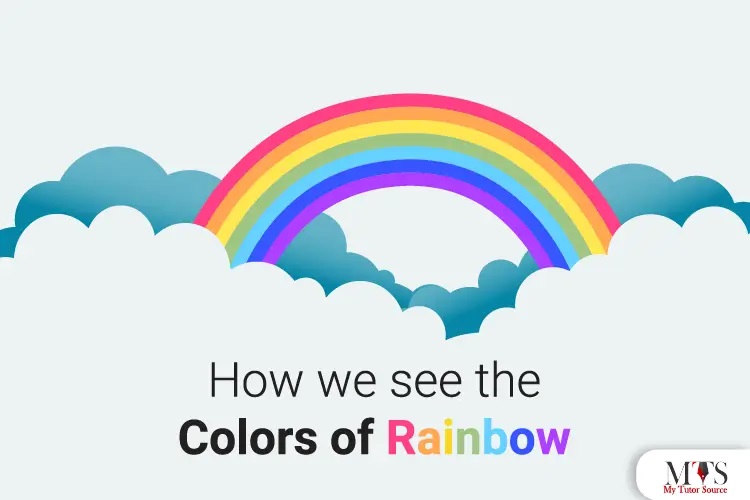Whenever a rainbow comes up in the sky, you can’t deny that we all become in awe of the magnificent scene that comes in front of us. However, at the same time, we do wonder what actually happens behind the curtains that bring about such a magnificent scene in the sky up above. Have you also ever wondered about this? We know you have, so let’s discuss in depth the processes and factors involved that make it possible for us to witness the seven colors in a rainbow.
The Colors of the Rainbow
There are a total of seven colors that we can see when a rainbow is present in the sky. These colors include the following:
- Red
- Indigo
- Yellow
- Green
- Blue
- Violet
- orange
Working of Light
In order to know how each color in the rainbow works, there is a need to first understand how the basic functions and working of light work. The light that we see is actually combined with a mixture of several different colors. However, the colors that make up light actually have different wavelengths.
Wavelength
The wavelength of the light is defined as the distance that is present between the two points that are corresponding to each other. It could include two troughs or two crests that collectively make up the light. This light has colors of different wavelengths and depending upon these wavelengths of colors, we get to see the light that appears in front of us.
There are two different extremes of wavelengths of colors in light and in this way, red is considered the color with the longest wavelength whereas violet is considered the one with the shortest wavelength. To Be precise, red has a wavelength of 700mm, on the other hand, violet has a wavelength of 400mm.
Rainbow Creation
Since the colors in light bend differently due to their wavelengths. When the light goes through a prism, the light breaks up and ends up giving seven different colors
Now the question arises: where does the prism come from in nature when we see a rainbow forming up in the sky. Well, in this case, we usually see rainbows after it has rained or during raindrops pouring down. The raindrops here prove to be the prism that makes the colors in the light bend separately and gives a clear vision of the seven colors of the rainbow.
Usually, there can be multiple colors present in the light but once it gets refracted after hitting the raindrops, it gets separated into the seven colors that we get to see.
How We See it
When we stand at such a position that the sun stands behind us, then the light of it upon refraction from the raindrops lets us see the colors of rainbows. The placement of colors in a rainbow has a reason as well. Yes, you guessed it right, it is the wavelength that makes it happen so. When we see a rainbow, we usually find the violet color at the end and as the colors extend upward, red is found to be on the top. The reason behind this is the varying wavelengths. Having the shortest wavelength, violet is able to bend the most hence it comes in the last whereas, red can not bend much so it stays on the top.
The Shape of The Rainbow
There’s something you might not have known about rainbows. It is actually a full circle of colors instead of the semi-circle that we get to see. Yes, the U shape that we see when a rainbow comes up in the sky is actually a full circle. However, we are only able to see half of that circle because of where we are standing when we are looking at it. If we were to see a rainbow from the top of it, we would be able to see the whole circle-shaped rainbow.
Now that you know how the rainbow is actually formed and why we get to see it the way do, the whole thing just became more marvelous didn’t it? So let’s gaze into the beautiful rainbow when it pops up and observe the working of the seven colors it depicts.
If you want to study more about the working of light and its laws, you can learn from our professional online or private
home tutors who can help you with learning it all and be perfect in your relevant academic test.
Find Top Tutors in Your Area
Find A Tutor

